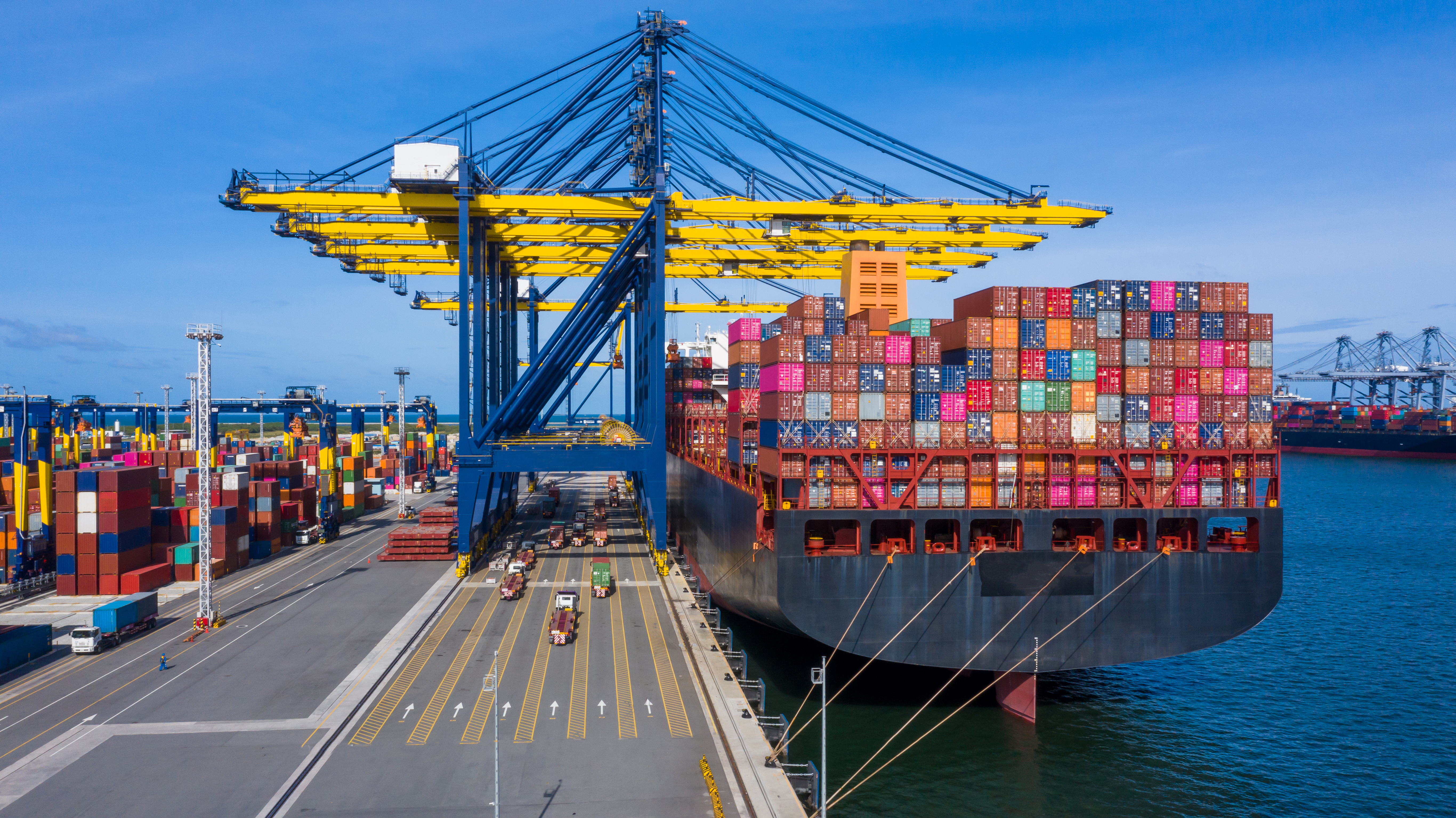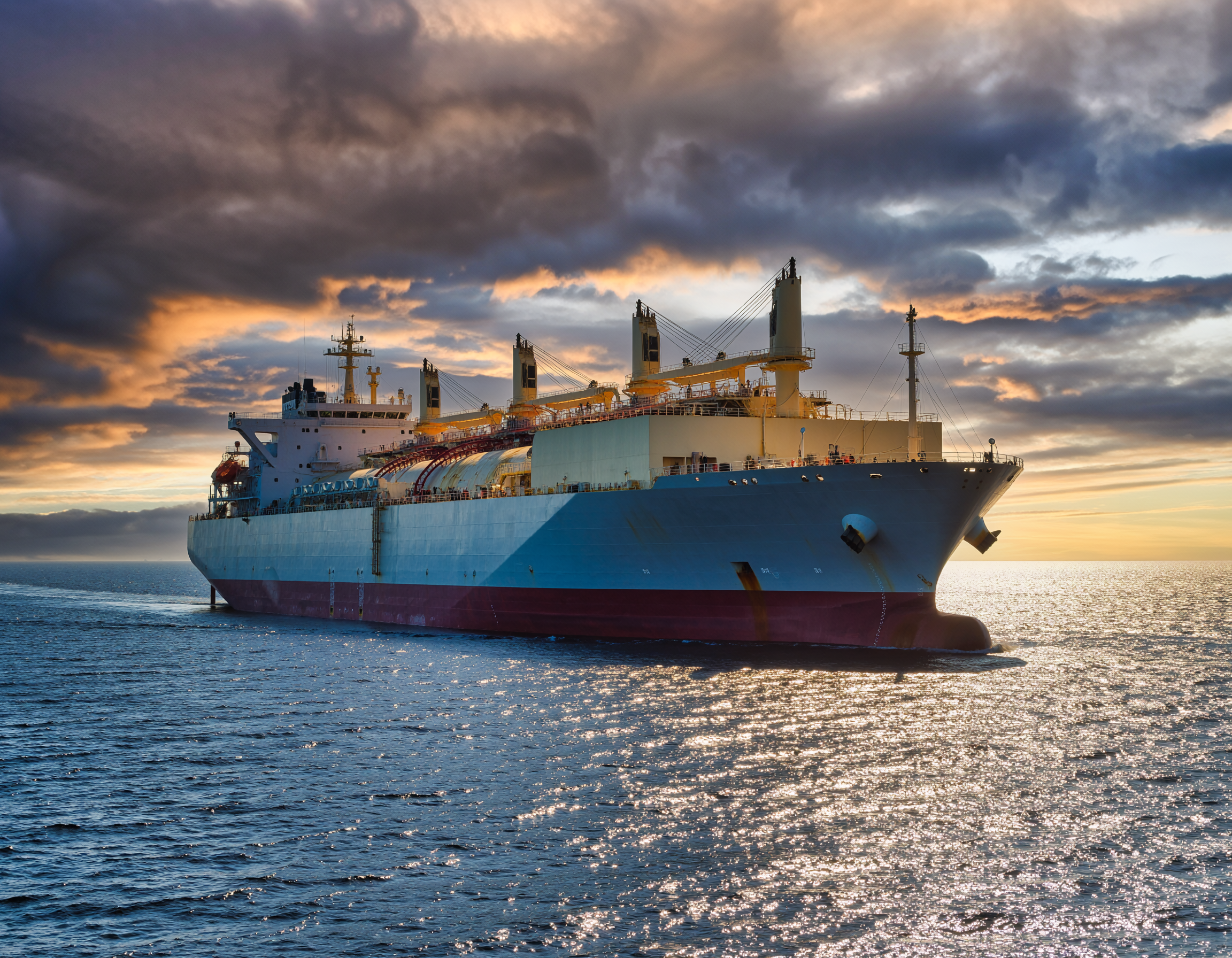As countries intensify their decarbonisation efforts to meet net-zero targets, the maritime transport of carbon dioxide (CO₂) particularly in its liquid form (LCO₂) is emerging as a key enabler of large-scale carbon capture and storage (CCS) infrastructure. While pipelines have traditionally been the primary mode of CO₂ transport, the growing need for flexible and cost-effective solutions to move CO₂ from industrial emitters to offshore sequestration sites is making seaborne options increasingly attractive. This shift is driving the development of a promising LCO₂ shipping market, expected to grow steadily through at least 2050. In response, several shipowners are investing in multi-purpose vessels designed to carry low-temperature, low-pressure cargoes, not only CO₂, but also potentially ammonia and liquefied petroleum gas (LPG). This trend marks a significant evolution in the CCS landscape, offering enhanced scalability and versatility for CO₂ logistics.
Driving the Momentum
The UK P&I Club has taken an active role in understanding the LCO₂ shipping landscape, including its participation on the BIMCO CO₂ drafting committee (formed in April 2024) and as a member of the UK’s Carbon Capture and Storage Association (CCSA). Both groups are working to harmonise cross-border regulatory frameworks and encourage industry standardisation.
A standout example of CO₂ maritime transport is Norway’s Northern Lights project, the world’s first cross-border CO₂ shipping and storage initiative. Since September 2024, specially built LCO₂ carriers operated by K Line LNG Shipping have been transporting captured CO₂ from emitters in Norway, Denmark, and the Netherlands to a receiving terminal in Øygarden, Norway. From there, the CO₂ is piped into the North Sea for permanent sequestration.
Such projects underscore shipping’s essential role in linking emitters especially those without pipeline access to offshore storage, and highlight the opportunity for Europe, especially the UK and Nordic nations, to serve as a CCS hub. Meanwhile, other regions such as the US, Australia, Indonesia, and Malaysia are developing localised LCO₂ transport solutions.
Legal and Regulatory Complexities and Risk Allocation
The cross-border transportation of CO₂ enables regions lacking storage options to pursue capture projects. However, the absence of comprehensive and harmonized regulatory frameworks across jurisdictions can add complexity. International cooperation and the establishment of bilateral and multilateral agreements are seen as crucial for addressing these regulatory gaps and enabling wider deployment of CCS value chains across international borders.
The transportation of CO₂ across borders for storage currently remains complicated by international agreements such as the London Convention and the London Protocol. These agreements aim to prevent pollution at sea by dumping wastes, and CO₂ is currently classified as "waste" under these protocols. This classification restricts the export of CO₂ for offshore storage, although amendments and provisional applications have been proposed to address this issue.
Various bilateral and multilateral government initiatives have therefore been established, many of which collaborate on legal and regulatory matters. These efforts are expected to become increasingly important for addressing gaps in regulatory frameworks in less mature countries and enabling wider deployment of CCS value chains across international borders. The cross-border arrangements and the overlap between G2G (governmental) agreements and commercial contracts however add yet another layer of complexity to the process.
The unresolved and evolving regulatory landscape (explained above) can lead to practical and legal issues. For example, under the EU Emissions Trading System (ETS), responsibility for CO₂ cargo transfers to the shipowner at the point of loading. This means that any losses be it from leakage or venting during operations expose the shipowner to considerable liabilities.
Further complications arise from the difficulty in distinguishing between fossil and bio-origin CO₂, especially if the cargo is a blend. While only fossil-derived CO₂ is subject to ETS quotas, shipowners may bear responsibility for the entire volume if a release occurs, unless contractual protections are explicitly defined.
These growing exposures make it critical for charter parties to strike a fair balance of risk. Express indemnities for ETS-related liabilities, clear clauses around cargo quality and responsibility for contamination, and detailed procedures for emergency venting or losses will become essential inclusions in LCO₂ contracts.
Operational and Technical Challenges
Operationally, the LCO₂ trade is constrained by its unique thermodynamic characteristics. Liquid CO₂ must be maintained at a narrow band of temperature and pressure (away from its triple point at -56.6°C and 5.1 bar) to remain stable. Deviations can cause phase changes that result in dry ice formation, tank overpressure, or delays in transfer operations.
Key technical constraints in LCO₂ shipping include several interrelated challenges. Tank design and insulation are critical, as off-spec cargo or temperature fluctuations can lead to corrosion or pressure spikes within the containment system, making it essential for contracts to clearly allocate liability for any resulting damage. Additionally, port and ship-to-ship (STS) infrastructure remains limited, with few facilities currently equipped to handle the specialised loading and unloading requirements of liquid CO₂, necessitating further investment. In terms of scale and capacity, most LCO₂ carriers today range from 1,000 to 7,500 cubic meters, though larger vessels of up to 22,000 cbm are on order; however, the viability of such vessels for long-haul transport has yet to be proven. Finally, safety is a significant concern, LCO₂ leaks can cause cold burns, rapid asphyxiation, and environmental harm, underscoring the need for robust emergency protocols integrated into both operational procedures and contractual agreements.
Charter Party Considerations
There is no industry-standard charter party (CP) for LCO₂ shipping yet. BIMCO, via its CO₂ drafting committee, is developing a dedicated CP, building on templates like GASTIME, ShellLNGTime 2, and Shelltime 4. Mark Rudd of the UK Club is on the drafting committee. The first draft is expected by late 2025.
Until then, relying on heavily modified LNG forms, such as ShellLNGTime 2 is an option. However, LNG based clauses often do not translate well to LCO₂ shipping. For instance, LNG charters account for boil-off gas (BOG) used as fuel, while LCO₂ having no heating value and waste-like, thus offers no such operational benefit.
In lieu of traditional performance warranties found in LNG charter parties, LCO₂ charter parties may adopt alternative warranties that reflect the unique characteristics of CO₂ cargo. One key area is the maintenance of pressure and temperature within strict thresholds throughout the voyage, as deviations can trigger phase changes or cargo instability. Reliability of the containment and refrigeration systems is equally crucial, ensuring the cargo remains in a safe liquid state during transit. Additionally, warranties may address the vessel’s readiness and availability for loading and unloading operations within specific thermodynamic tolerances, given the narrow operational window required for LCO₂ handling. Unlike LNG, LCO₂ offers no tolerance for boil-off or venting, any loss during transit can result in significant financial and regulatory liabilities so charter parties may also include strict no-loss clauses to ensure complete cargo delivery and mitigate exposure under emissions trading schemes.
Speed and fuel consumption clauses must also be adapted, recognising that performance warranties common to LNG or oil charters may not apply directly.
Bills of Lading and Value Attribution
Despite its classification as a waste product, CO₂ transported by sea still necessitates proper documentation, with the Bill of Lading (BL) playing a central role. Although the CO₂ itself may not hold commercial value, the BL serves as critical evidence of the quantity loaded and transported, information that becomes vital given the financial exposure linked to emissions obligations under systems like the EU ETS. Two main types of claims are anticipated in this context. First, under EU ETS compliance, if CO₂ is lost in transit, the shipowner may be required to surrender emissions allowances to account for the released volume. Second, the shipper may seek compensation through EA related claims if the cargo is not delivered as certified. As such, the accuracy of BLs and accompanying cargo certificates is essential to protect the interests of both owners and shippers and to mitigate the risk of regulatory or financial liability.
Best Practices and Industry Collaboration
Given the infancy of the LCO₂ shipping sector, collaboration among stakeholders and proactive risk management are essential to building a stable and scalable market. Best practices emerging from early adopters include requiring lab certified documentation to verify CO₂ purity and defining acceptable thermodynamic ranges within contracts to prevent cargo instability. Real-time monitoring of cargo conditions during transit is also on the cards to help identify and resolve issues before they escalate into disputes. In addition, involving classification societies during contract drafting can help ensure that technical standards are met, while early engagement with P&I Clubs enables shipowners to structure appropriate indemnity coverage, particularly for liabilities. Ultimately, as regulations mature and technology advances, the success of LCO₂ shipping will depend on establishing harmonised standards, balanced charter party terms, and a clear understanding of the legal and operational risks associated with cross-border CO₂ transport.
Conclusion
LCO₂ shipping is set to become a cornerstone of the global CCS value chain. While the pathway is fraught with regulatory ambiguity, technical constraints, and contractual risk, industry stakeholders including regulators, shipowners, charterers, and insurers are rising to the challenge. If you have any queries, please contact Ansuman Ghosh (Director of Risk Assessment), Mark Rudd (Senior Claims Executive) or your usual Club representative.




![The Solomon Trader [2025] EWCA Civ 1387: The ‘pay to be paid’ rule affirmed in the Court of Appeal](/fileadmin/uploads/ukpandi/News_Images/AdobeStock_104743067.jpeg)
